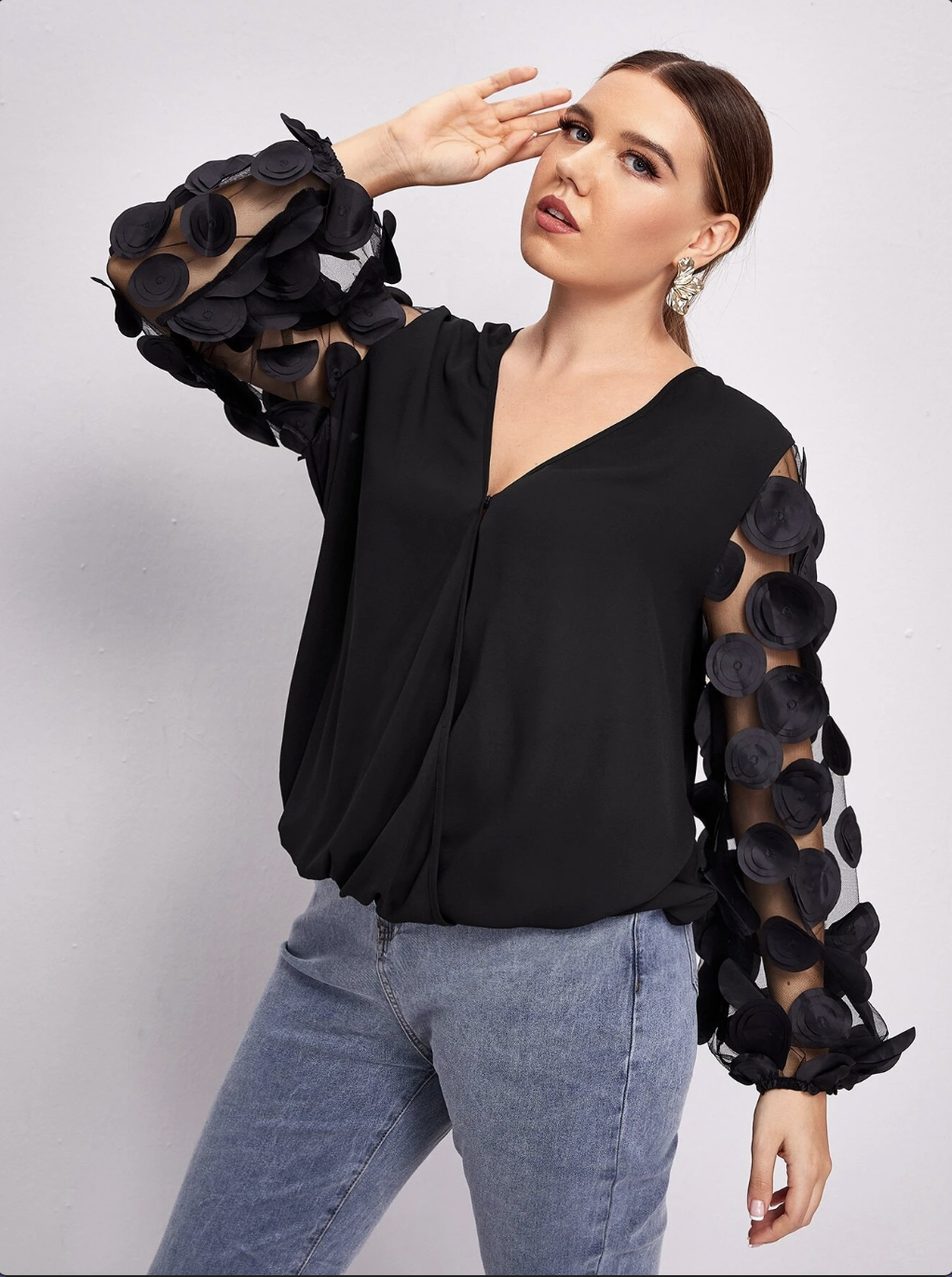
Shein's success is proof that fast fashion is not dead With $10 billion in revenue, the Chinese e-commerce is one of the most downloaded shopping apps in the world
Over the course of last year, while the health emergency and the lockdown redefined our shopping habits, there were tons of thoughts and forecasts on how long these changes would last, on how we would definitively convert to a more ethical and sustainable fashion. If at least partially this happened, with the success of apps dedicated to second-hand like Depop and Vinted, on the other hand, the dizzying expansion of ultra-fast fashion e-commerce like Shein proves that clothes and t-shirts at the price of two, five, maximum 10 euros, are still too attractive a deal to give up. But how did Shein become the most downloaded shopping app in the US? (In Italy it's in second place in the shopping category, between Vinted, in the first place, and Amazon).
A past shrouded in mystery
Shein's founder rewrote the definition of "being reserved". Chris Xu, also known as Sky Xu or with his Chinese name Yangtian Xu, founded Shein (then with the name SheInside) in 2008, immediately disappearing behind the brand, never giving interviews and never appearing in any photos, to the point that even the Shein brand doesn't have a Wikipedia page. According to what was reconstructed by several articles in the American press and by the Not Boring newsletter, Shein would have started selling wedding dresses on the American market, between 2008 and 2012, an immediate success guaranteed by the brand's ultra-competitive prices. Starting from 2015, the company moved to Canton, in the Panyu district, the centre of Chinese textile manufacturing, an area hardly affected by the pandemic, which in fact continued to produce even in the months of lockdown and emergency. The offer has therefore expanded to women's clothing, men's, children's, accessories, with great strength: a very wide range of sizes, able to meet the needs of a huge audience.
Despite its Chinese origin, Shein doesn't sell in China, but only abroad, a trick that allows it not to have to compete with local industry giants, such as Alibaba and Taobao. The brand operates only digitally, selling the goods directly from its factories, without going through intermediaries and thus eliminating costs. We're talking about an ultra-fast fashion production pace, with an average of 4,000 new items uploaded to the site every day, numbers that make the already unsustainable cycles of brands like Zara and H&M pale, labels that are used to introduce new collections from week to week. In 2020 Shein recorded a turnover of 10$ billion dollars, more than double the previous year, but in line with the annual growth recorded by the brand in the last eight years, stable at +100%. Shein was even among the possible buyers of the Arcadia Group, the mega-group that controlled Topshop and Topman, acquired by ASOS last February, and for which the Chinese brand would have offered $412 million dollars, more than what ASOS offered.
The focus on social media and the strength of Gen Z
For a brand that has neither a true stylistic identity nor a recognizable aesthetic (so much so that the accusations of having copied many emerging designers has become daily bread for Shein), but which instead limits itself to intercepting current trends and items at an impressive speed, one might wonder where the secret of such success lies. The answer is simple: in prices. T-shirts for 6 euros, swimwear for 11 euros, bags incredibly similar to those of By Far for 10 euros (the original ones cost hundreds of euros) and sandals "inspired" by those of Bottega Veneta. The design and operation of the site are designed precisely to induce to buy continuously more, with a customer loyalty system that passes through a collection of points that ensures discounts, even minimal, on the next purchase, and which is continuously powered by coupons, promotions and discount codes.
The type of social strategy that the brand has set up also passes through here, which relies on micro-influencers and creators who are sent free clothes and a discount code for their followers, a method also used on YouTube, where haul videos are replicated in every language and country. The brand's Instagram page, which currently has over 20 million followers, is populated by user-generated images, selfies of real buyers of the brand, which make the brand's narrative more authentic and in this way make their products even more desirable. A strategy that is similar to that used on TikTok, where the hashtag #sheingals, which collects all the videos of the girls in Shein dresses, counts 924 million views, making clear the strength of Gen Z and its importance for the success of the brand.
What happened to social activism?
Delivery times have been halved (in Italy before it took about a month for an order to arrive, today we are around ten days), between Shein's app reviews and the comments you read online, the detail that most consumers complain about it is the low quality of the garments and a fit that is anything but perfect. It would not be surprising, given the prices of the clothes, but right here there's a clear limit of those who buy this type of brand, and do so for stylistic reasons, driven by the desire to buy a lot and at low prices, not for reasons dictated by their own economic availability. Whether they are consumers belonging to Gen Z or not, it's clear that what many fail to understand is the true cost, concrete and figurative, of the clothes, or rather, what it actually means to pay two euros for a shirt and how this affects the working conditions in Shein factories and the wages of its employees. Furthermore, from the point of view of environmental sustainability, Shein has always remained very vague about its policies to protect the environment and the origin of its fabrics, and as reported by Remake, it scored zero stars in the sustainability report.
If only a few months ago there was a great debate - at least online - about the opportunity to boycott fast fashion, both for ethical and "green" reasons, the instances seem to disappear in this continuous loop of compulsive shopping, which at bargain prices pushes and almost forces you to buy continuously, a strategy that made Shein's success in the months of the lockdown, when confinement at home and boredom pushed everyone to scroll for hours, ending up buying something. A trend that seems to continue even with the end of the health emergency.


























































